In the modern era of architecture, sustainability has become an undeniable imperative. As environmental consciousness grows and the challenges of climate change become more pressing, architects and designers are faced with the crucial task of creating built environments that are environmentally friendly and socially responsible.
During the 1960s, 70s, and 80s, a period characterized by significant social and cultural changes, architecture and design also underwent a transformation towards sustainability. During this time, architectural movements emerged that advocated for a more harmonious relationship between buildings and their natural surroundings, recognizing the importance of conserving resources and minimizing environmental impact. Architects around the world began adopting innovative practices such as the use of renewable materials, the integration of passive climate control strategies, and the design of low-energy buildings. This new mindset towards sustainability not only impacted the form and aesthetics of buildings but also laid the groundwork for future generations of architects committed to responsible design and environmental preservation.
These design pioneers were trailblazers in bringing a sustainable element to design and green architecture.
Javier Senosiain is a renowned Mexican architect known for his innovative and avant-garde approach to architectural design. His work stands out for the harmonious integration of architecture with nature, creating organic and fluid structures that blend with their surroundings. Senosiain is a fervent advocate for sustainability in architecture, and his projects reflect a deep respect for the environment and a constant search for eco-friendly solutions. His unique approach combines curved forms, natural materials, and sustainable technologies to create livable spaces that promote a connection with nature and foster a more conscious lifestyle.
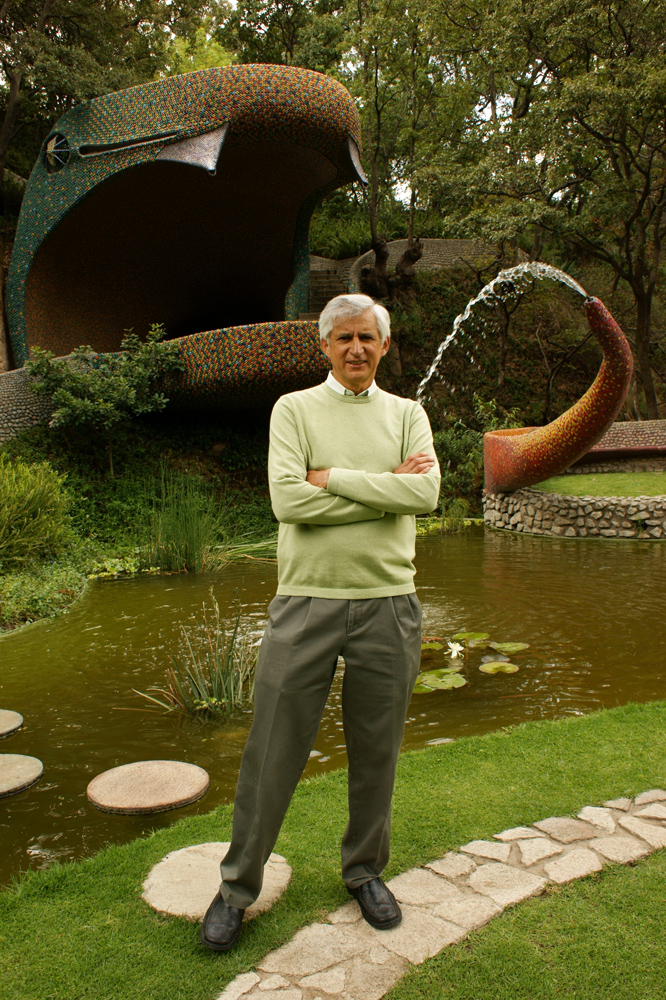
Javier Senosiain, Mexican Architect and Pioneer of Organic Architecture
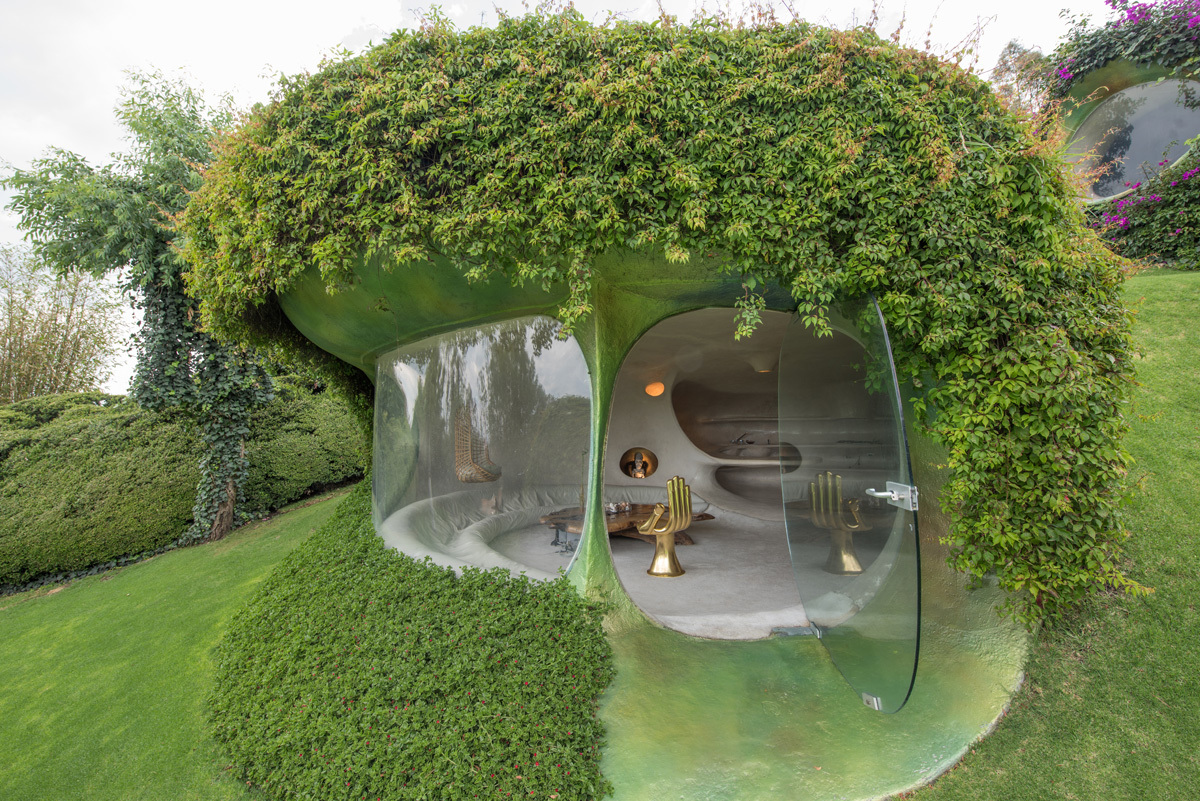
Organic House by Architect Javier Senosiain
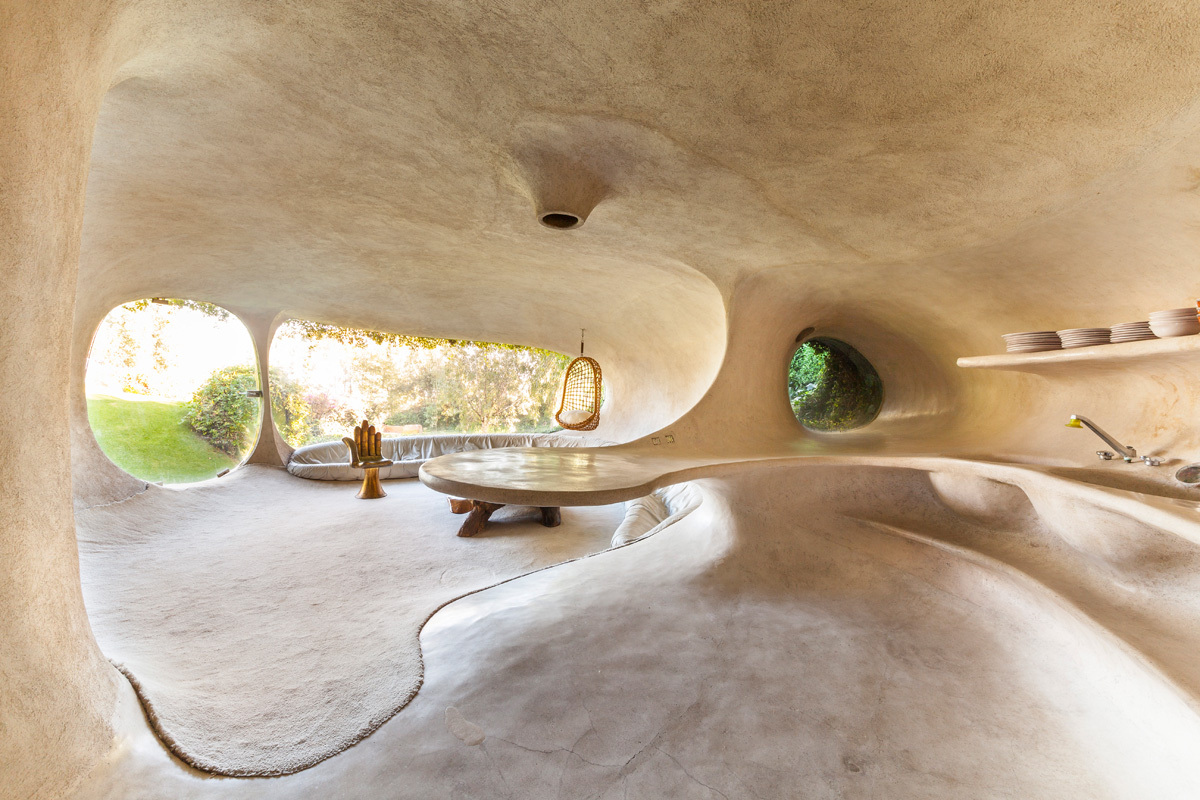
Organic House by Architect Javier Senosiain
“The search for the dwelling of man cannot be separated from its roots; that is, it must prevent its habitat from being unnatural,” Senosiain has said. These characteristics can be seen in his works such as the Mexican Whale (1992), the Organic House (1984), and the Snail (2007).
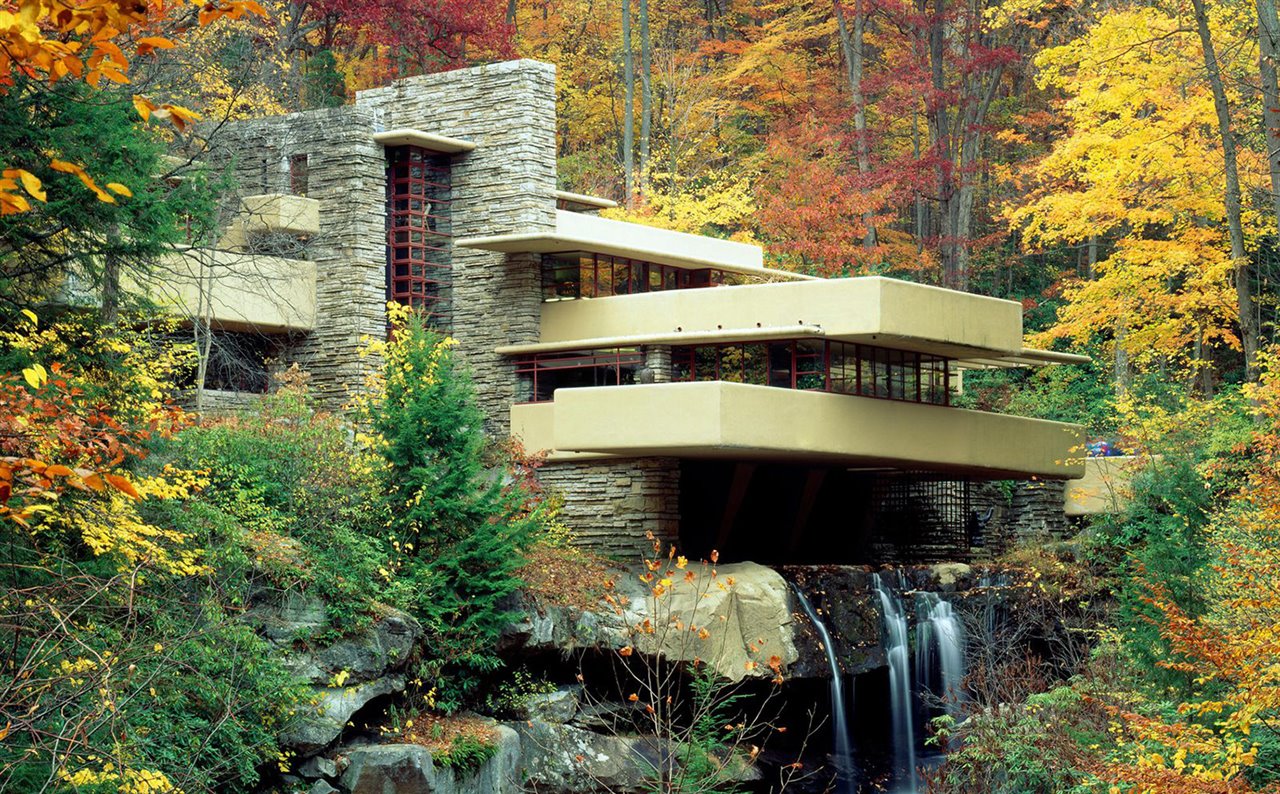
House at the Cascade by the Architect Frank Lloyd Wright
Frank Lloyd Wright is one of the most influential and recognized architects of the 20th century. Throughout his career, he developed a distinctive style characterized by the harmonious integration of architecture with nature and the creation of organic spaces that adapt to the environment. Wright advocated for architecture that is in harmony with its natural surroundings and responds to the needs and desires of its occupants. Additionally, he pioneered the use of innovative materials and construction techniques, and his holistic design approach considers aspects such as sustainability, functionality, and aesthetics. Through his iconic works such as Fallingwater (1938), Taliesin (1911), and Taliesin West (1937), Wright left a lasting legacy in architecture and continues to be a source of inspiration for architects worldwide.
Enzo Mari was an Italian designer who stood out for his commitment to sustainability and responsible design. Throughout his career, Mari advocated for the idea that design should be accessible, durable, and respectful of the environment. He believed that objects should be functional and capable of enduring over time, thus avoiding rampant consumerism and planned obsolescence.
Mari created furniture and products with a minimalist approach and a timeless aesthetic. Additionally, he promoted the reuse and transformation of existing materials, encouraging people to value and breathe new life into objects rather than discarding them
“Ethics must be the essential goal of each project,” he said

Enzo Mari, Italian Designer. Courtesy of Artek

Autoprogettazione Table by Enzo Mari. Courtesy of Casati Gallery
César Manrique was a prominent Spanish artist and architect recognized for his unique approach to integrating art, architecture, and the natural environment. Born in 1919 on the island of Lanzarote in the Canary Islands, Manrique became a passionate advocate for sustainability and the preservation of the island’s natural landscape.
Throughout his career, Manrique developed a distinctive style that combined traditional Canarian architecture with organic forms and innovative use of local materials. His works, which include public spaces, sculptures, murals, and houses, are characterized by their harmonious integration with Lanzarote’s volcanic landscape. Manrique firmly believed in the importance of preserving the cultural identity and natural beauty of the island.
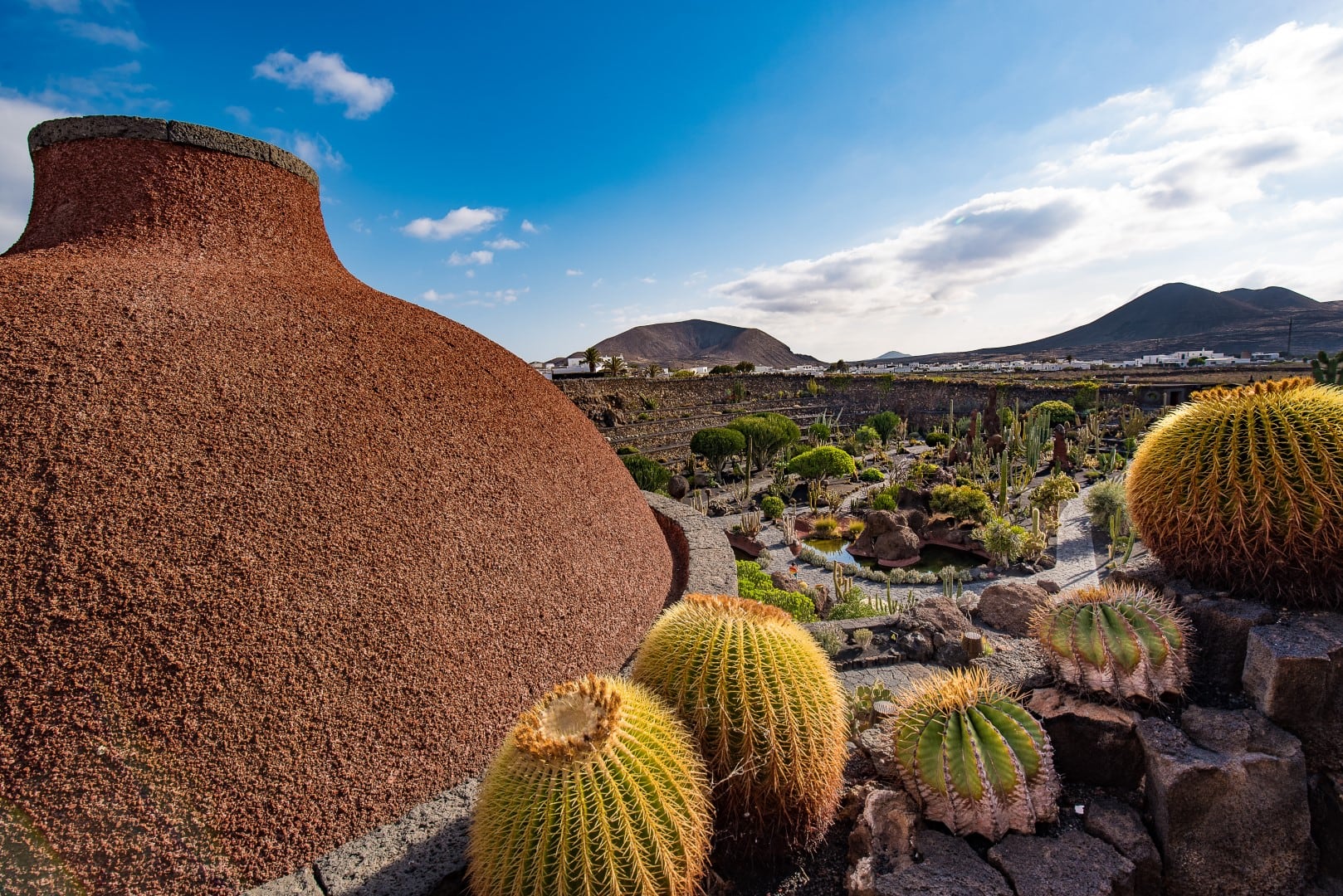
Cactus Garden, by the Architect César Manrique
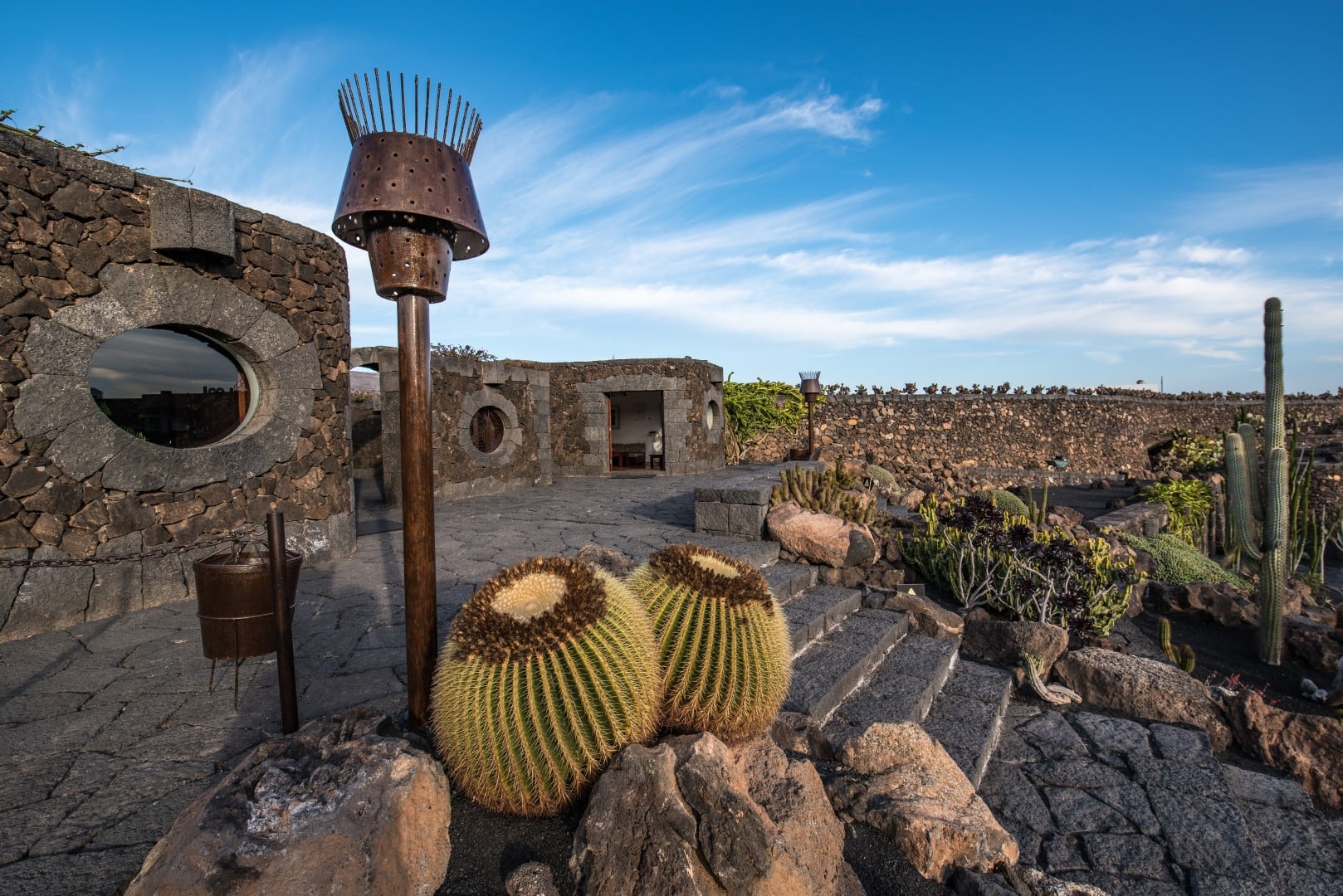
Cactus Garden, by the Architect César Manrique
George Nakashima was characterized by his focus on sustainability and the connection between art, nature, and functionality. Nakashima believed in the intrinsic value of natural wood and strove to highlight the beauty and unique characteristics of each piece of wood he used. Instead of seeking exotic woods, he preferred to use local and reclaimed wood, giving them a new life in his furniture. His philosophy was based on the belief that each tree has a story and a soul, and that the designer should work in harmony with nature to create functional and environmentally respectful works of art.
“Trees have the longing to live again, perhaps to provide beauty, strength, and usefulness to serve man, even to become an object of great artistic value,” he said.
Nakashima was also known for his mastery of traditional craftsmanship techniques, combined with a modern and sculptural style. His furniture was unique, handmade with meticulous care and a deep respect for the material.
These pioneers of green architecture and design laid the foundations for the development of sustainable practices in their respective fields. Through their innovative approach and commitment to environmental preservation, they successfully integrated architecture, design, and nature in a harmonious way. Their legacy extends beyond their works, inspiring future generations of architects and designers to adopt a responsible and conscious approach to the built environment. They remind us of the importance of considering sustainability at all stages of the design and construction process and encourage us to continue exploring new solutions that promote harmony between humanity and nature in the modern era.


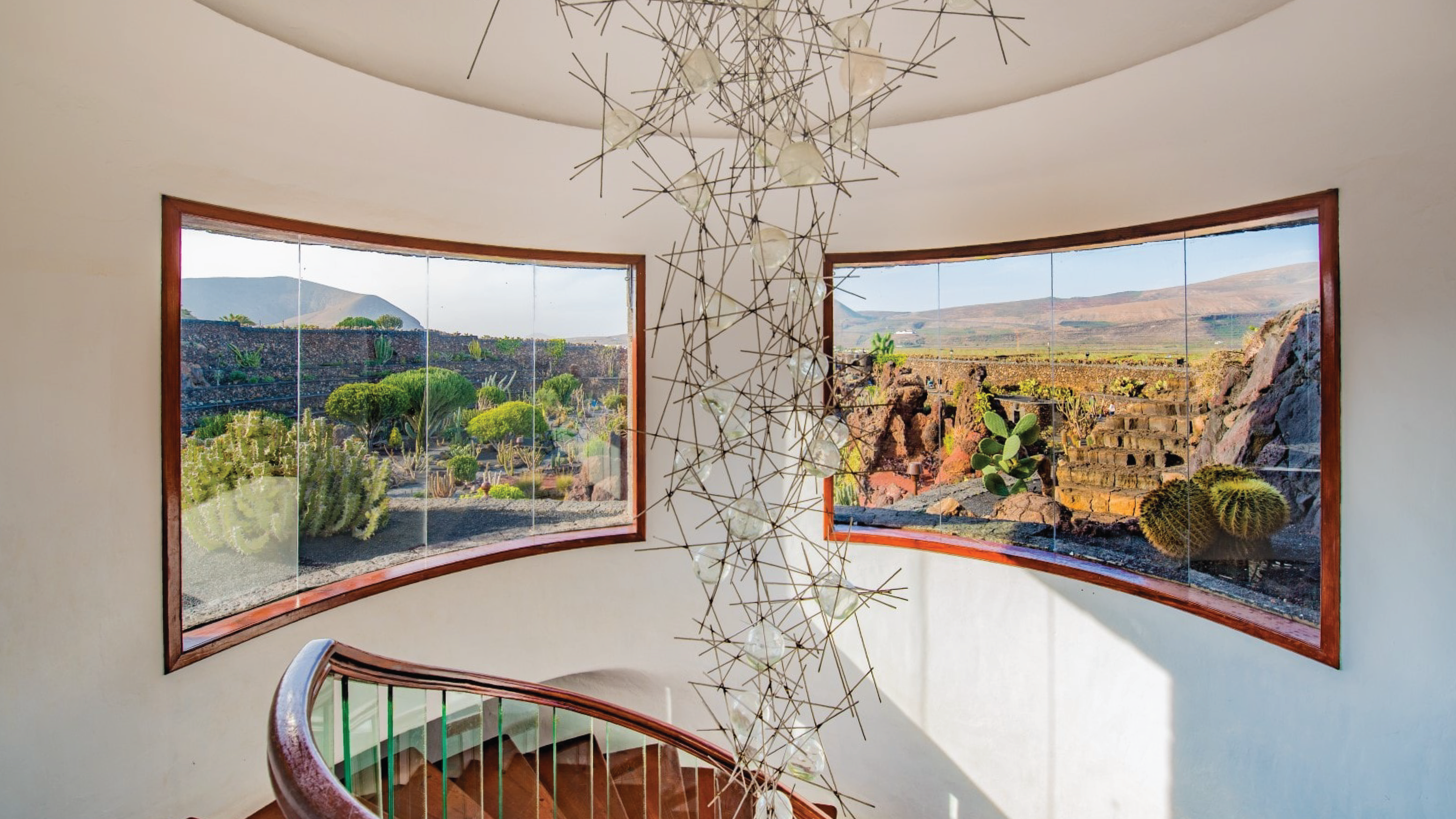
Leave A Comment